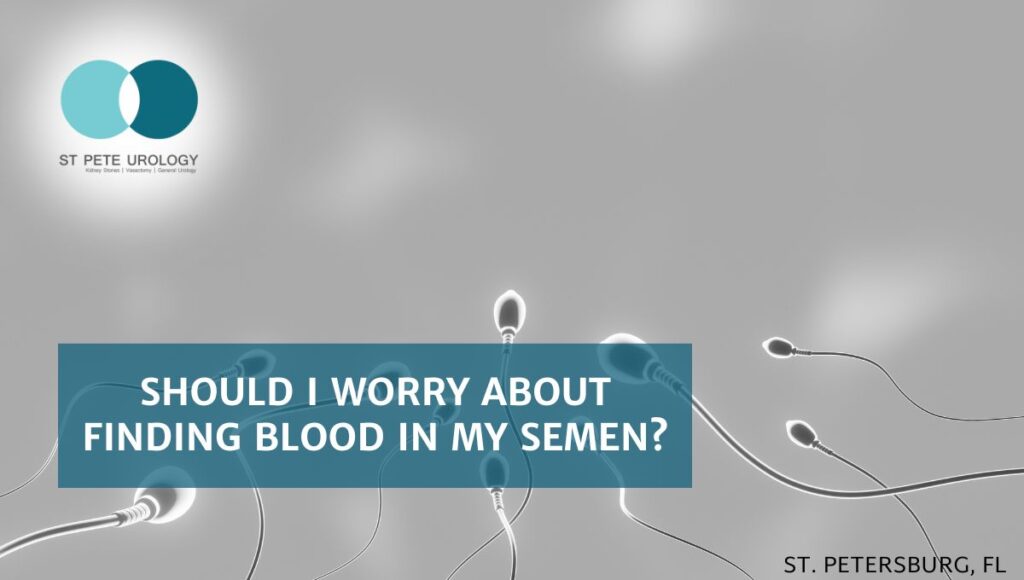What is nephrolithotomy? The complete surgical procedure name is called percutaneous nephrolithotomy (PNL). It is a procedure used to remove kidney stones. If the stone is too large to go through the tube, the surgical procedure is called percutaneous nephrolithotripsy, because the surgeon must first break the stone into pieces small enough to be removed from the body. So far as the patient is concerned, there are no differences between the two procedures.
PNL is done:
- When the stones are stuck in the ureter (which is the urine tube between the kidney and the bladder)
- The stones are blocking more than one branch of the kidney’s collecting system
- The stones are nearly an inch in diameter (2 cm or larger)
- The patient has other types of infections at the same time
- When other treatments have failed, such as the use of an external ultrasound lithotripsy (SWL)
PNL requires general anesthesia. The urologist surgeon will make a small incision in the patient’s back, through which a nephroscope tube will be inserted in the patient’s back and into the kidney. The scope tube has a camera and other tools as needed to remove the stone, including a small vacuum.
During that procedure, the doctor will usually place a ureteral stent to prevent certain types of pain for the time of the operation and the first two days afterward while the kidney is healing. A foley catheter also will be inserted to drain the bladder. Another drain will be placed through the surgical incision area to help to directly drain the kidney of urine. Because it takes time for basic healing to take place, the procedure typically requires a three-day inpatient stay.
The risks may include bleeding, temporary holes in the kidney, injury to other organs, such as the bladder or the colon, and other types of damage to normal kidney function. However, PNL has less than a 10 percent recurrence rate for kidney stones, making it one of the most effective approaches for treating them. In rare cases, there may be incomplete stone removal. As with all surgeries, infection may occur.
There will be several follow-up visits to the urologist. Patients usually can be back to work within one or two weeks.
St Pete Urology has the urologists who know how to compassionately work with patients throughout the treatment process. From early diagnosis, through the surgery, and by effective follow-up visits, the patents can know they are in the care of competent urological specialists. For more information, visit the St Pete Urology website.





